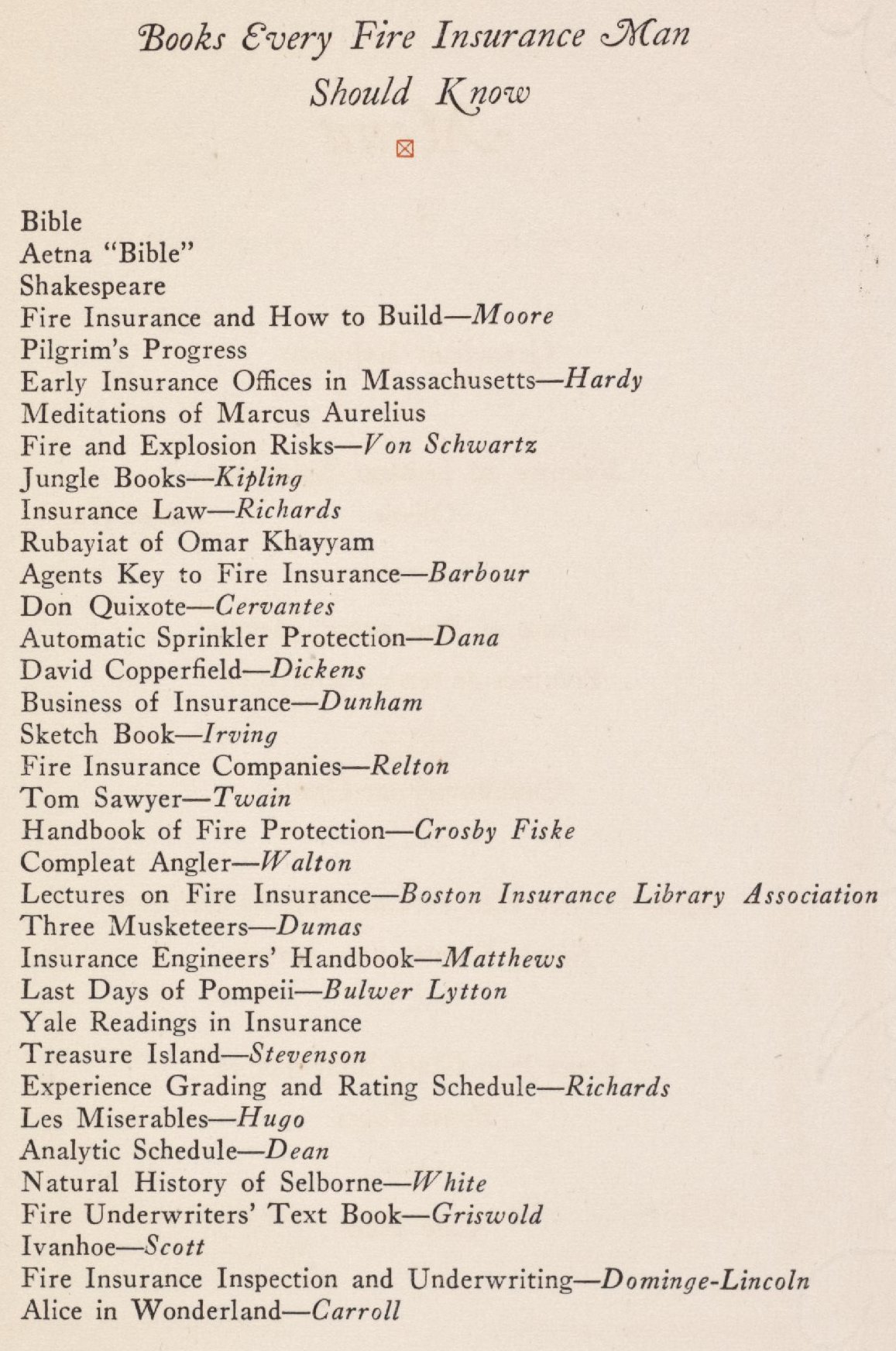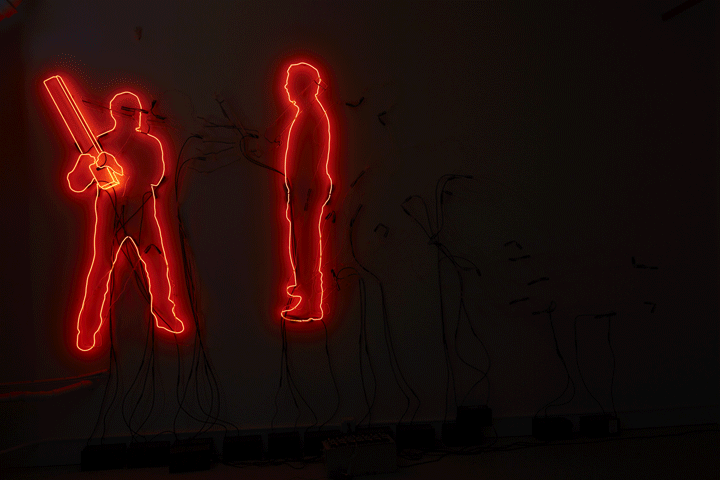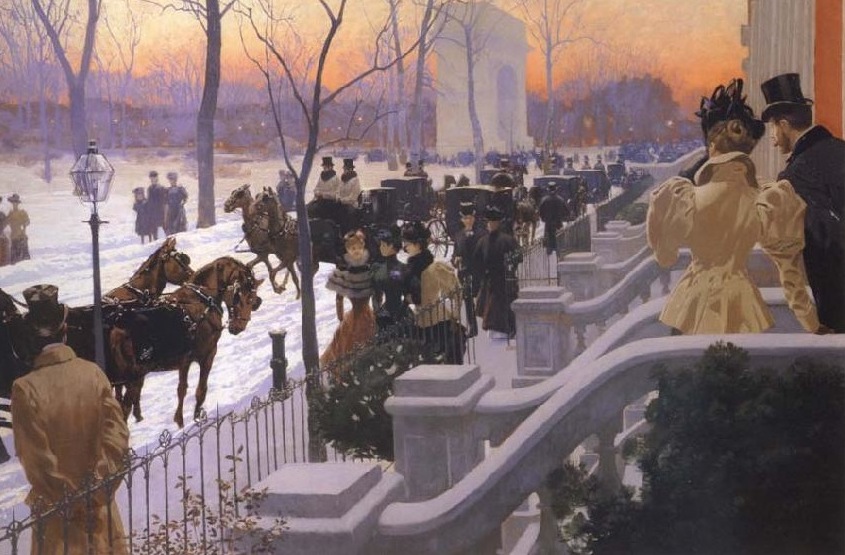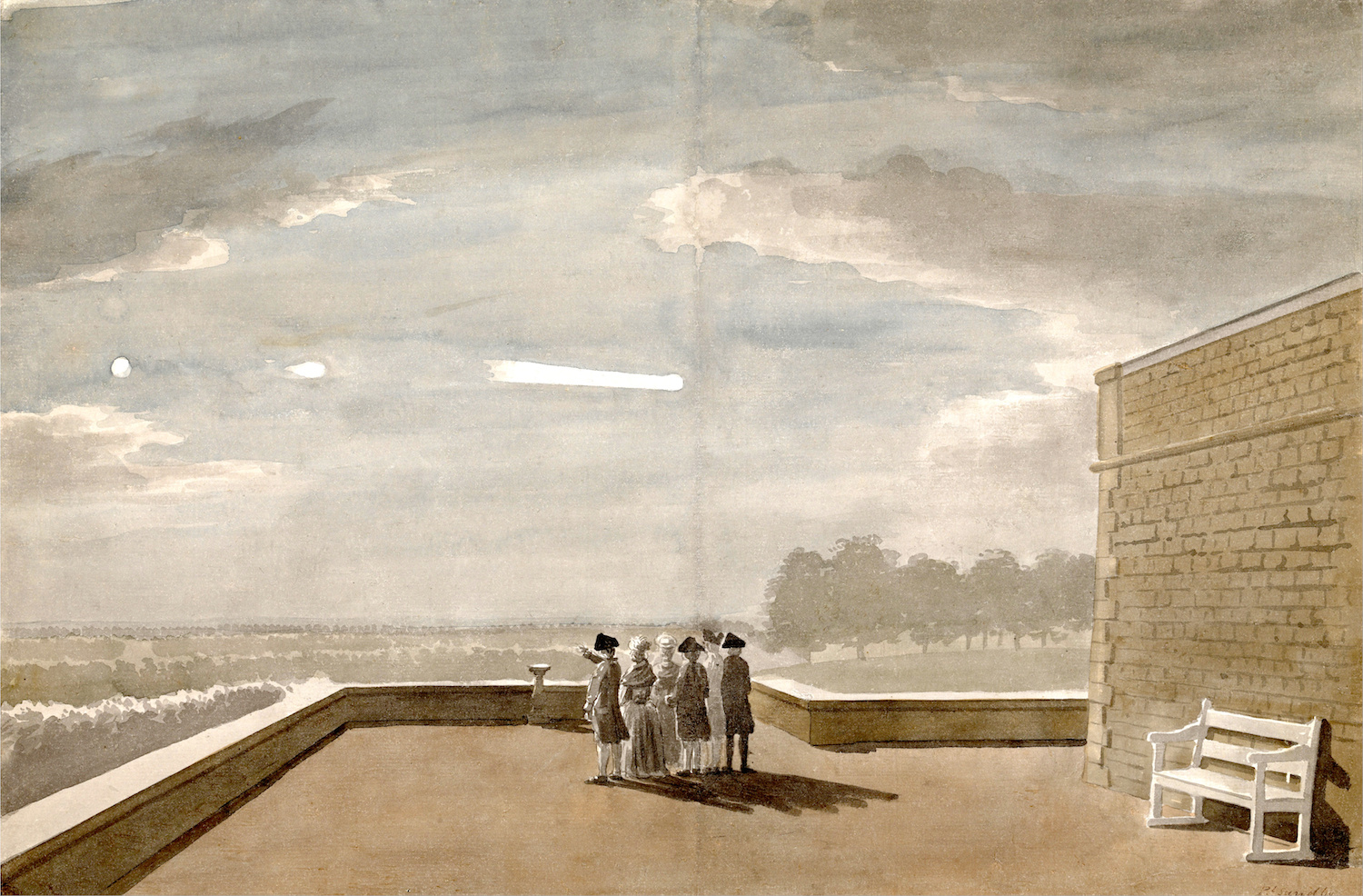Look closely at this image,Friend’s Mothers 4 and you might think you're seeing triple.
A new James Webb Space Telescope photo showcases three copies of the same galaxy cluster hosting a supernova, the brightest and most violent type of space explosion known.
The cosmic triplets aren't artifacts of a defective telescope but a quirk of nature called "gravitational lensing," something predicted in Albert Einstein's General Theory of Relativity over a century ago.
This Tweet is currently unavailable. It might be loading or has been removed.
Gravitational lensing happens when a celestial object has such a massive gravitational pull that it warps the time and space around it. NASA often uses the analogy of a bowling ball placed on a foam mattress or trampoline to illustrate how the fabric of spacetime bends. Light that would otherwise travel straight curves and gets distorted as it passes through the warped spacetime.
Gravitational lensing even has the potential to replicate objects, the way a funhouse mirror can create multiple irregular images.
In this case, the galaxy cluster RX J2129, located 3.2 billion light-years from Earth in the constellation Aquarius, is acting like a colossal magnifying glass in the sky. This natural phenomenon allows scientists to see even more distant objects in the cosmos, making them appear brighter. The extra prescription strength of a gravitational lens can help extend the view of Webb, the world's most powerful space telescope, to see even earlier galaxies.
Gravitational lensing even has the potential to replicate objects, the way a funhouse mirror can create multiple irregular images.
Astronomers are now adept at spotting the telltale effects of gravitational lensing, but that wasn't always the case. Four decades ago, the concentric arcs of light and stretched celestial objects could be downright confusing. In 1987, an enormous blue arc thought to be hundreds of trillions of miles long was first considered one of the largest objects ever detected in space. The arc was found near the galaxy cluster Abell 370, with another similar object near galaxy cluster 2242-02.
Want more scienceand tech news delivered straight to your inbox? Sign up for Mashable's Top Stories newslettertoday.
Later that year, scientists at Stanford University and the National Optical Astronomy Observatory in Arizona sorted out that they were, in fact, optical illusions, distorted by Abell 370. The New York Times' published a story about the "bizarre" implication of Einstein's theory, titled "Vast Cosmic Object Downgraded to a Mirage."
 The supernova within the lensed galaxy cluster involves a white dwarf star. Credit: ESA / NASA / CSA / P. Kelly
The supernova within the lensed galaxy cluster involves a white dwarf star. Credit: ESA / NASA / CSA / P. Kelly The supernova featured in the new image was first discovered using the Hubble Space Telescope. During those Hubble observations, researchers suspected it was a faraway example of a so-called Type Ia supernova. Those involve a white dwarf, the dense remnant of a star that can't burn nuclear fuel at its core anymore. The white dwarf then strips stellar material away from a nearby star.
When the feeding star reaches about 1.4 times the mass of the sun, it blows up, no longer able to sustain its weight.
There's a reason scientists are using the Webb telescope, a collaboration of NASA, the European Space Agency, and the Canadian Space Agency, to revisit it. These supernovas have fairly consistent luminosity, so they make handy measurement tools for astronomers: The distance of a Type Ia supernova from Earth is proportional to how bright or dim it appears.
The supernova's light could help astronomers figure out how much RX J2129 is enhancing background objects. And, in turn, that information about its magnification strength could give researchers a sense of how massive the galaxy cluster is.
 Hurricane Laura's impact lingered with nightmarish mosquito swarms
Hurricane Laura's impact lingered with nightmarish mosquito swarms
 “Why Read?”
“Why Read?”
 The Morning News Roundup for August 21, 2014
The Morning News Roundup for August 21, 2014
 Taste It! by Dan Piepenbring
Taste It! by Dan Piepenbring
 Incident / Resurrection
Incident / Resurrection
 Paranormal Activity
Paranormal Activity
 Its Light Was Prodigious by Dan Piepenbring
Its Light Was Prodigious by Dan Piepenbring
 The Morning News Roundup for July 28, 2014
The Morning News Roundup for July 28, 2014
 Is This the End for Silly Putty?
Is This the End for Silly Putty?
 Incident / Resurrection
Incident / Resurrection
 The Morning News Roundup for August 14, 2014
The Morning News Roundup for August 14, 2014
 Amazon Prime Grubhub deal: Save $10 off orders of $20 or more
Amazon Prime Grubhub deal: Save $10 off orders of $20 or more
 Read Everywhere by The Paris Review
Read Everywhere by The Paris Review
 The Morning News Roundup for August 21, 2014
The Morning News Roundup for August 21, 2014
 The Lean, Mean, Star
The Lean, Mean, Star
 The Anatomy of Liberal Melancholy
The Anatomy of Liberal Melancholy
 Goodnight House?
Goodnight House?
Larry Page unveils the Kitty Hawk Flyer flying carIndia's relentless push for digital now reaches the hinterlandsTim Cook once scolded Uber's Travis Kalanick into submission'Deadpool 2' just got upgraded to a summer date in the year of X5 phrases your boss is dying to hear you sayRussian refugees read powerful testimonials of gay men who escaped ChechnyaGet ready for robot CEOs, says major CEODoes it really surprise you that The Chainsmokers have trouble spelling?Cats have nine lives, but just in case, maybe don't hang out with a snake9 incredible ways we're using drones for social goodFeud finale spoilers: The triumph and tragedy of Bette and Joan's final actSerena Williams pens a sweet note to her future childU.S. embassies are promoting MarWatch 'The Circle' cast awkwardly roast Twitter's CEO on his own siteJ.K. Rowling teases the Cormoran Strike miniseries10 things 2017 has made us doTake that, dudes: Female astronaut breaks record for most time spent in space.J.K. Rowling teases the Cormoran Strike miniseriesNBA Bulls player interrupts game to tie Celtics player's shoe, as one doesKendrick Lamar is taking his new album 'DAMN.' on the road 10 Marvel gifts for fans who know what's up TV characters from 2019 that would make really great Halloween costumes Nigel Farage gets pelted with an egg in spectacular direct hit You can try out Apple's Deep Fusion photo feature in latest iOS beta Lyft overhauls its driver rewards program to take on Uber Pro Elizabeth Warren responds to Jacob Wohl's sexcapade smear campaign with a cougar joke Elizabeth Holmes' lawyers say the Theranos founder isn't paying them After 11 years, the feud between Chili's and 'The Office's Pam Beesly is now over Wikipedia has only granted one takedown request. Here it is. Mash up all your favourite 2000s tunes with this very addictive website Tim Cook uses Supreme Court filing to hammer Trump's immigration policy Dude sneaks NSFW sign into live TV broadcast Walking Dead spin Woman begs senator to vote against DeVos with pizza delivery FBI runs Facebook ads to entice would Theaters warn parents to keep kids away from 'Joker' 'Joker' is October's biggest opening ever with a $93.5 million opening YouTube will now let you auto After Elizabeth Warren is shut down, people demand Senate #LetLizSpeak I ran speed tests on Sprint's 5G network and recorded everything
2.5512s , 10131.609375 kb
Copyright © 2025 Powered by 【Friend’s Mothers 4】,Miracle Information Network